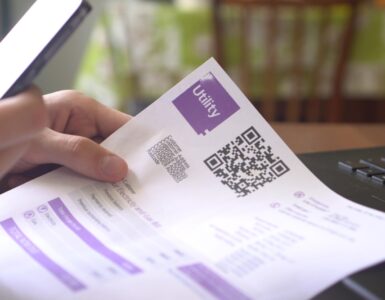When’s the last time you looked at your monthly bills in detail? If you’re like most, it’s probably been a while, as you just pay your bills versus trying to see how they got so high. Well, now’s the time to scrutinize your monthly bills, especially if you need extra cash for other purposes. And while you do that, we’ll offer some added help with these bill-cutting hacks:
1. Utilities
It would be nice if you could get rid of your utility bills altogether. But using water, light, gas, etc., is necessary for survival and comfort.
What’s one way to reduce your utility bills? Being more conscious of your usage and doing things to conserve utilities, such as:
- Taking quick showers.
- Turning lights off when you’re not using them.
- Unplugging devices.
- Using a programmable thermostat.
- And so on.
Can those moves lead to significant savings? Possibly, but they take a lot of work and discipline. What’s a better money-saving move? Seeing what utility assistance you can get. With the Low Income Home Energy Assistance Program (LIHEAP), for example, you could get help paying your utility bills without having to make any changes to your usage.
2. Cell Phone
We use cell phones so much these days that they could be seen as necessary as utilities. Luckily, you don’t have to give up your cell phone to save in this department, as merely switching providers can keep a lot more cash in your pocket.
The most popular cell phone providers like T-Mobile, AT&T, and Verizon can charge you a lot more for service than smaller companies can. Switch from one of the big three to a mobile virtual network operator (MVNO), and you could reduce your cell phone charges by 50 percent.
Don’t be fooled by the fancy MVNO name, as it just stands for companies (Google Fi, Consumer Cellular, Ting) that buy their minutes and data at wholesale prices from larger providers. Thanks to those wholesale purchases, they can pass on considerable savings to customers while still offering dependable service.
3. Car Insurance
Those pandemic discounts for driving less and staying at home seem to be drying up. If your car insurance has risen lately and you’re still driving less than 10,000 miles, opt for a “pay-per-mile” rate. Offered by companies like Nationwide, Allstate, and Metromile, it can cut your car insurance bill by 33 percent by charging you based on how much you drive.
How much can a pay-per-mile rate save you? Since average savings are around 33 percent, which equals over $400 per year, the answer is a lot.
4. Cable
Many households are cutting the cord and ditching cable altogether. You could take that sometimes complicated route, or you could call your cable company and ask if they have budget tiers with fewer channels.
A Nielsen study discovered that the average household watches just 17 of the 200 channels available. By switching to a budget tier with fewer channels, you can pay less by getting rid of content you don’t watch.




